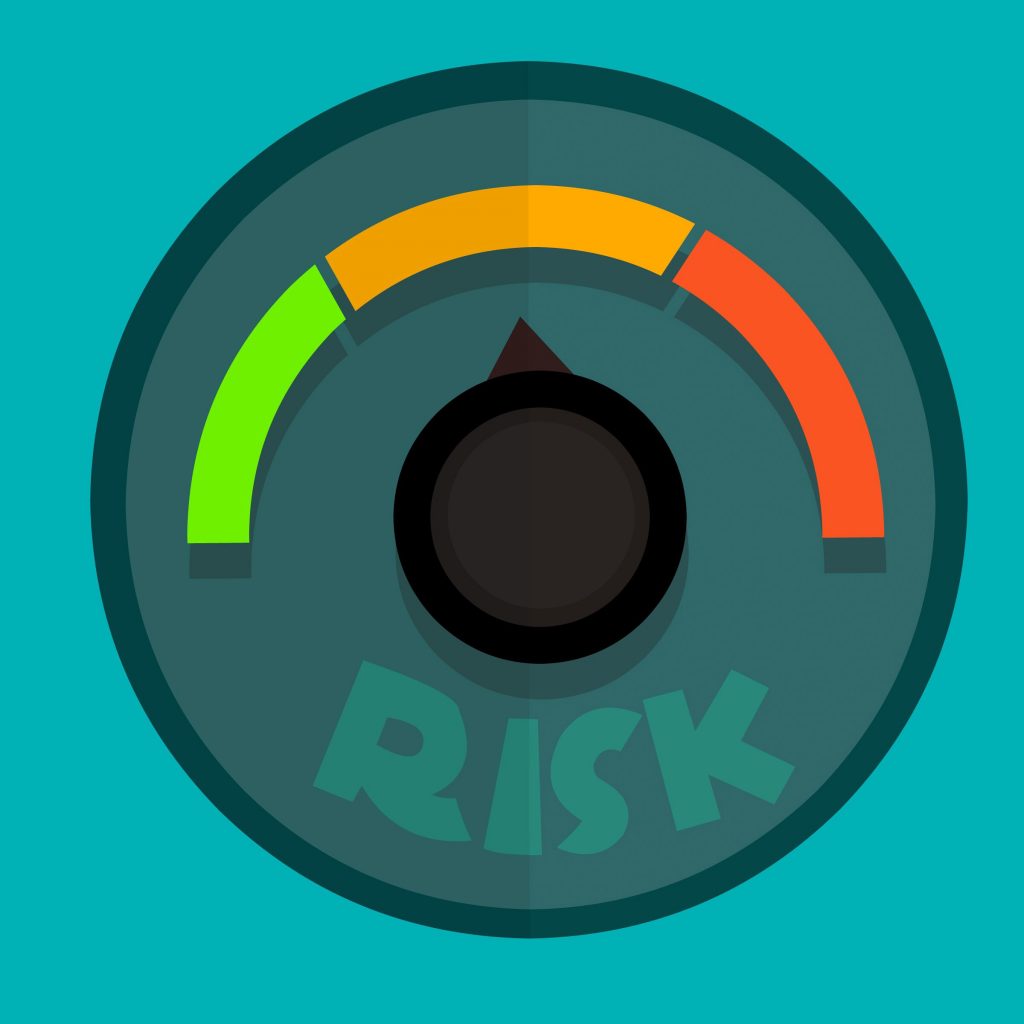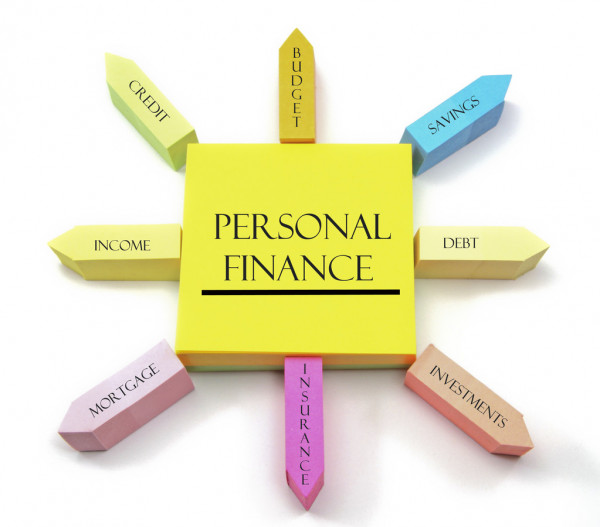4 Powerful Steps to Creating a Workable Investment Plan
As an investor, you want to have a workable investment plan that will propel you to success. However, the process of creating an investment plan entails more than just selecting the assets to put your money in. There’re various factors to consider, such as your goals and current financial situation. Also, defining your timeline and risk appetite is essential, and you can’t overlook them.
“If you fail to plan, you are planning to fail”
The above quote by Benjamin Franklin applies to the many decisions we make in life – including investment. This article will guide you in creating a workable investment plan step-by-step. The bonus step will make you an insider in your investment journey.
Evaluate Your Personal Finance
Step one of creating a workable investment plan begins by evaluating your personal finances. By doing so, you want to know the amount of money available to invest. Coming up with a monthly budget will help you to decipher your disposable income after deducting emergency funds and expenses. By doing so, you’ll establish the amount of money you can comfortably afford to invest every month.
What Are Your Investment Goals?
Step two of creating a workable investment plan entails defining your goals. You want to have the main goal in mind before you start investing. Why are you investing? What’s your goal timeline (long-term or short-term)? Are you investing for growth, income, or safety? These are some of the critical questions you’ll need to answer to define your investment goals.
As a short-term investor, you want to invest in assets that can generate profits in a short duration of time, such as the money markets, treasury bills, government bonds, and high-yield saving accounts. These are highly liquid investment vehicles. On the other hand, as a long-term investor, you can invest in REITs, stocks, annuities, EFTs, and long-term bonds, among others.
Investing for safety is when you intend to maintain your current wealth status. Growth investment is long-term; your purpose is to build wealth over the long term. Investing for income is creating active income to live off of. Defining your investment goals will help you to develop the proper investment psychology.
Risk Tolerance and Management

Source: Investopedia
Investing involves taking risks, and thus, determining your risk tolerance is an essential aspect of your investment plan. How much risk are you willing to take? The degree of risk tolerance depends on various factors, such as investment goals, your age, among others.
Young investors tend to have a high risk because they have time to recover incase of losses. Old investors will take less risky investments. Long-term investors can make high-risk investments, while short-term investors will go for less risky investments.
The higher the risky an investment is, the higher the returns – but also, the higher the losses if the investment becomes unfruitful. Therefore, it’s advisable to choose a safer investment option to help build wealth in the long term.
Having risk management strategies is vital. It entails handling any risks that might arise during your investment process in the best way possible. In addition, it will help augment or lower risk in sync with your investment goals.
Decide Which Market to Invest In
This is the final step in creating a workable investment plan. Let your investment goals, risk tolerance, and budget guide you towards choosing your investment assets. As a rule of thumb, you’ll need to diversify your investments. For example, from your finance evaluation, you’ve determined that you can comfortably invest 30% of your monthly income. You might consider investing 70% of that amount into stocks and 30% in cryptocurrencies.
In stocks, you can diversify by investing in companies from different industries or with different market capitalizations—for instance, small, middle, and large capped companies. Likewise, you can diversify your investment in various ways in cryptocurrencies— for example, you can have a mix of upcoming and promising blockchains, coins such as Radicle and Cardano, and already established blockchains like Bitcoin and Ethereum. Diversification helps in mitigating risks. Also, it helps in creating a healthy investment portfolio.
Bonus….
At this point, you’ve created a viable investment plan and begun your investment journey. To be a pro in your investment, you should often monitor the performance of your portfolio. This will help you discover any arising risks and employ appropriate risk management strategies. Also, it will help you decide if rebalancing your portfolio is viable or not. Besides, monitoring your invested portfolio will guide you to know which assets need dollar-cost averaging.
Monitoring your portfolio will help to keep track of your investment plan. It will ensure you’re investing the correct amount every month. Therefore, it’s best to revisit your investment plan often to ensure you follow the plan accordingly and determine if you’ll need to make any adjustments to help you reach your goals faster.
Parting Shot
Creating a workable investment plan will help you instill discipline. Additionally, it will help make decisions and ensure that you invest according to your personal needs and financial ability. Of course, investing like a pro requires experience, but if you’re a first-timer, focus on acquiring knowledge, and experience will automatically come. Also, don’t be shy to ask for help from an insider.
Image Credit: Geeksscan



